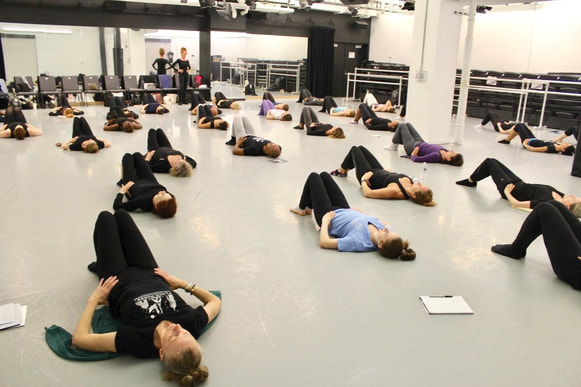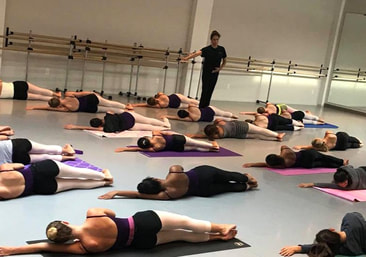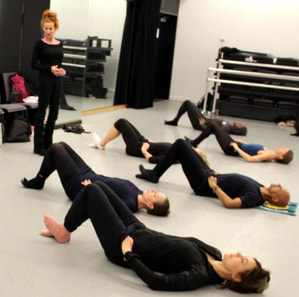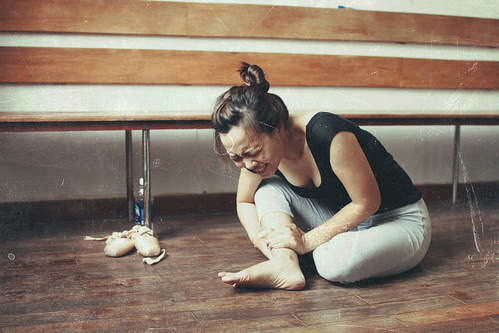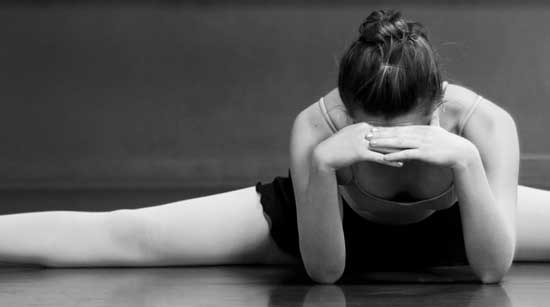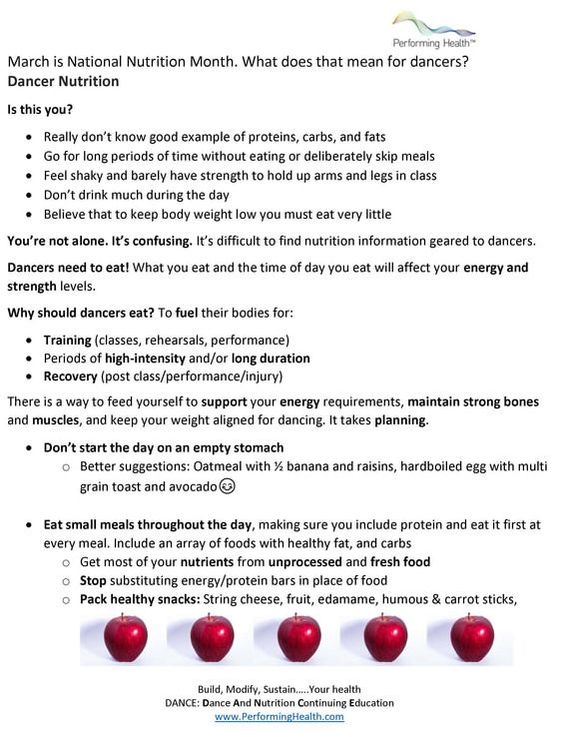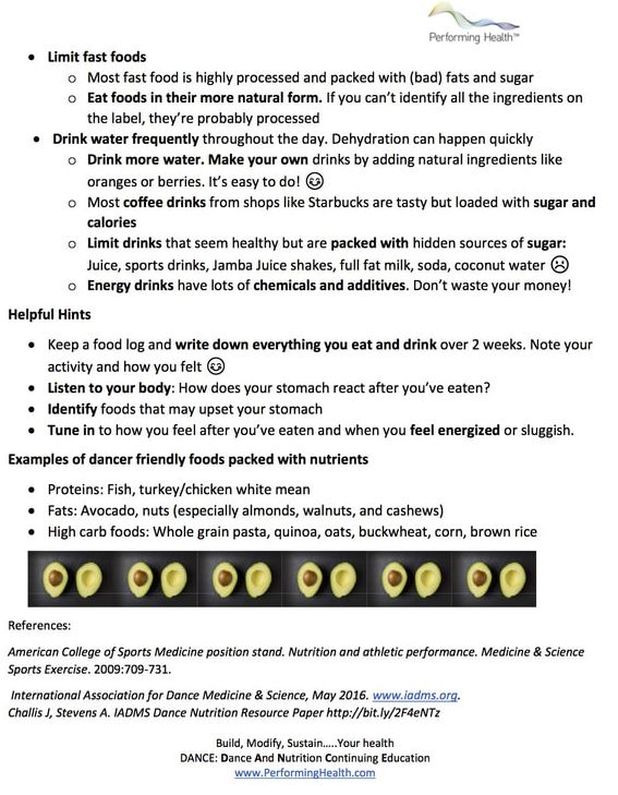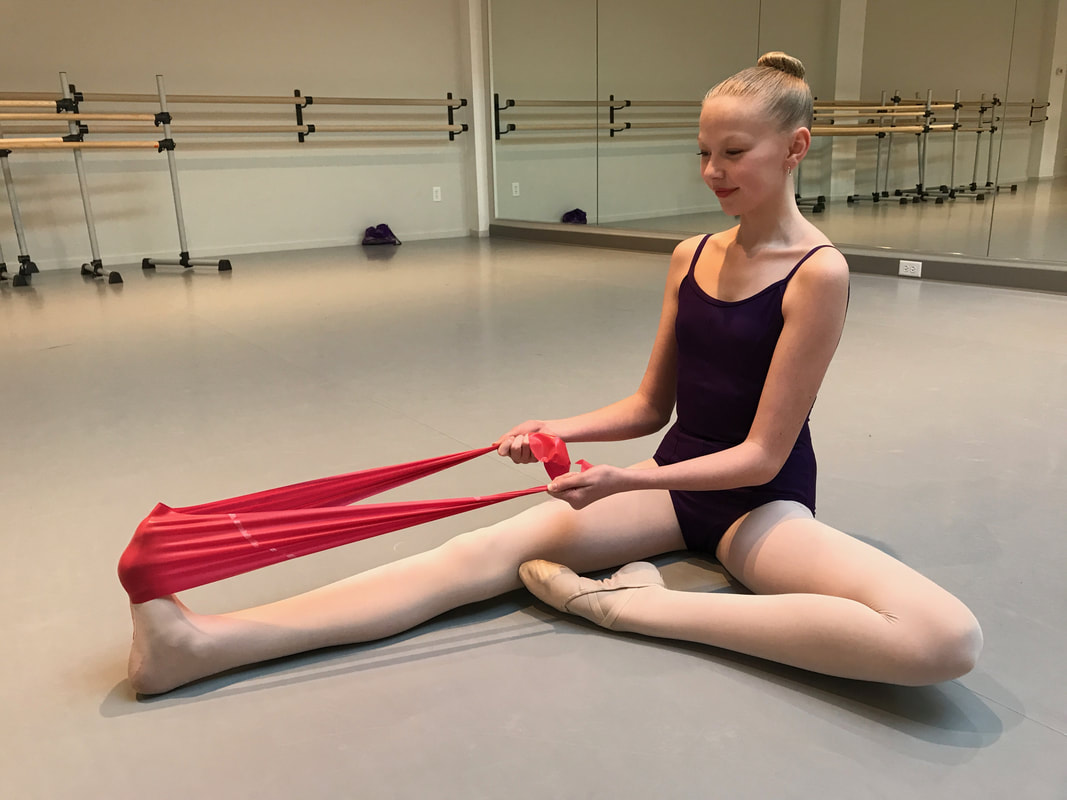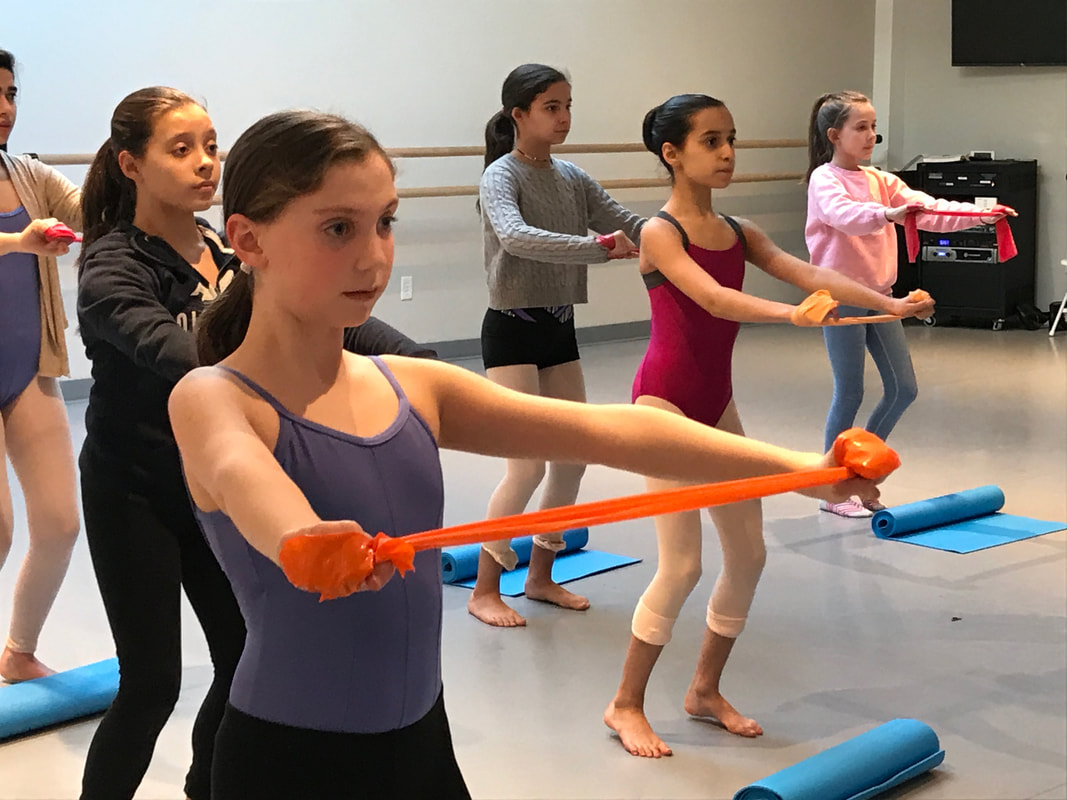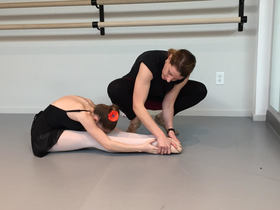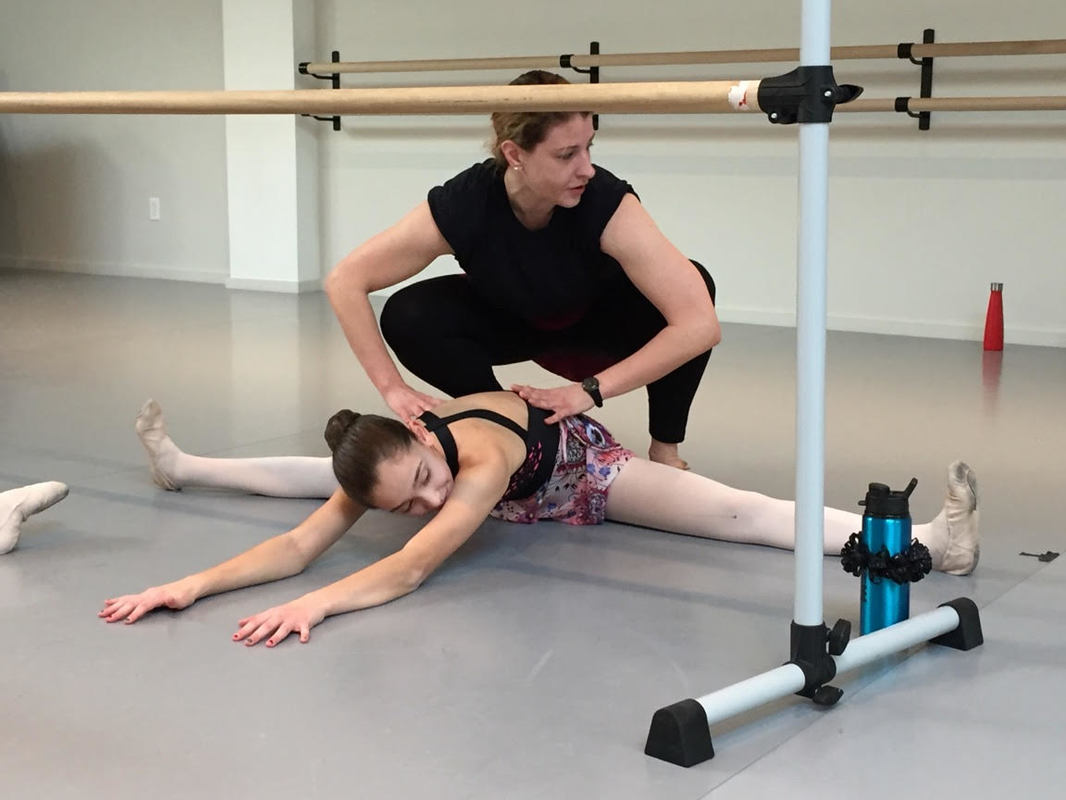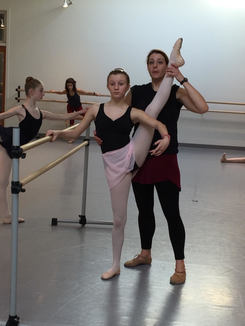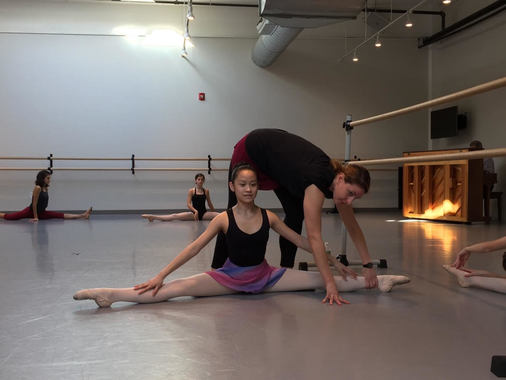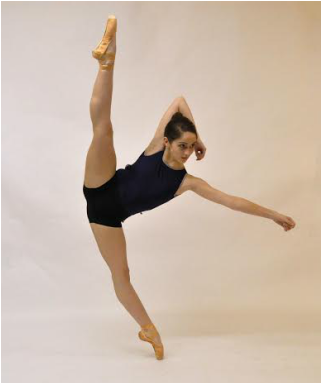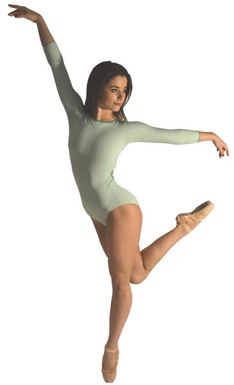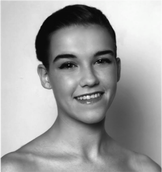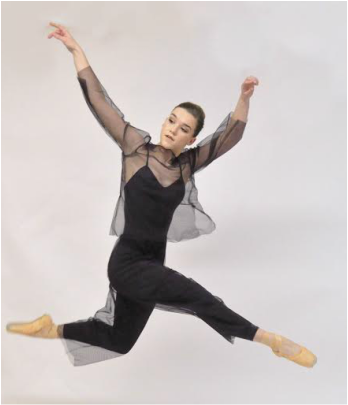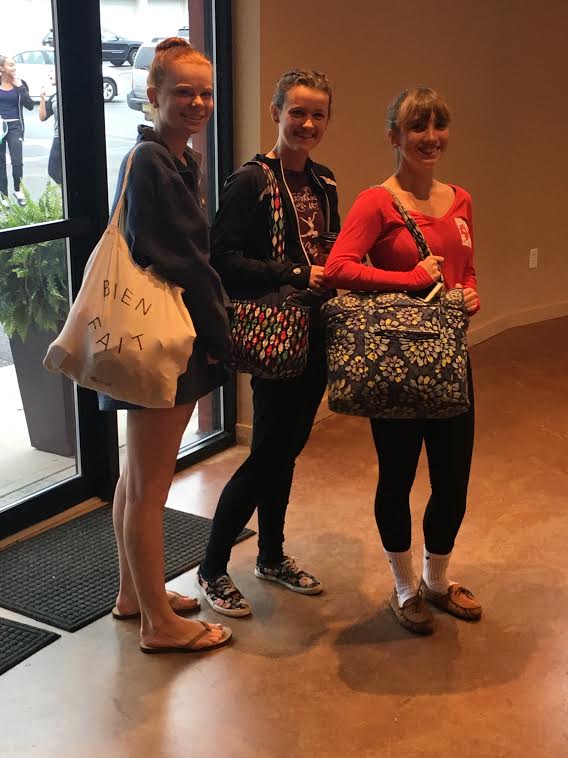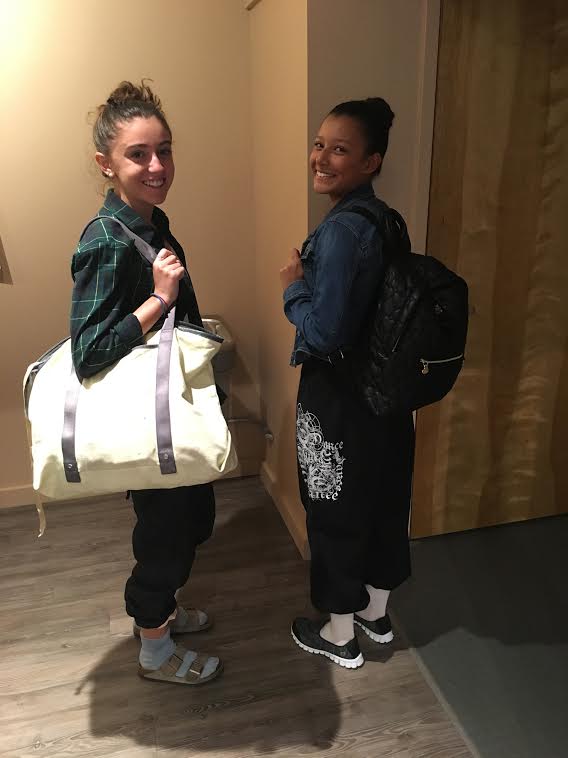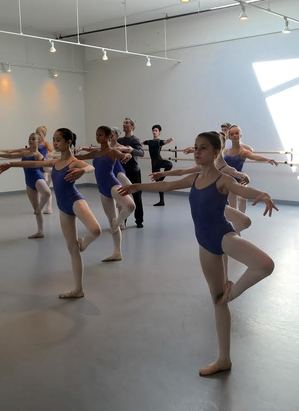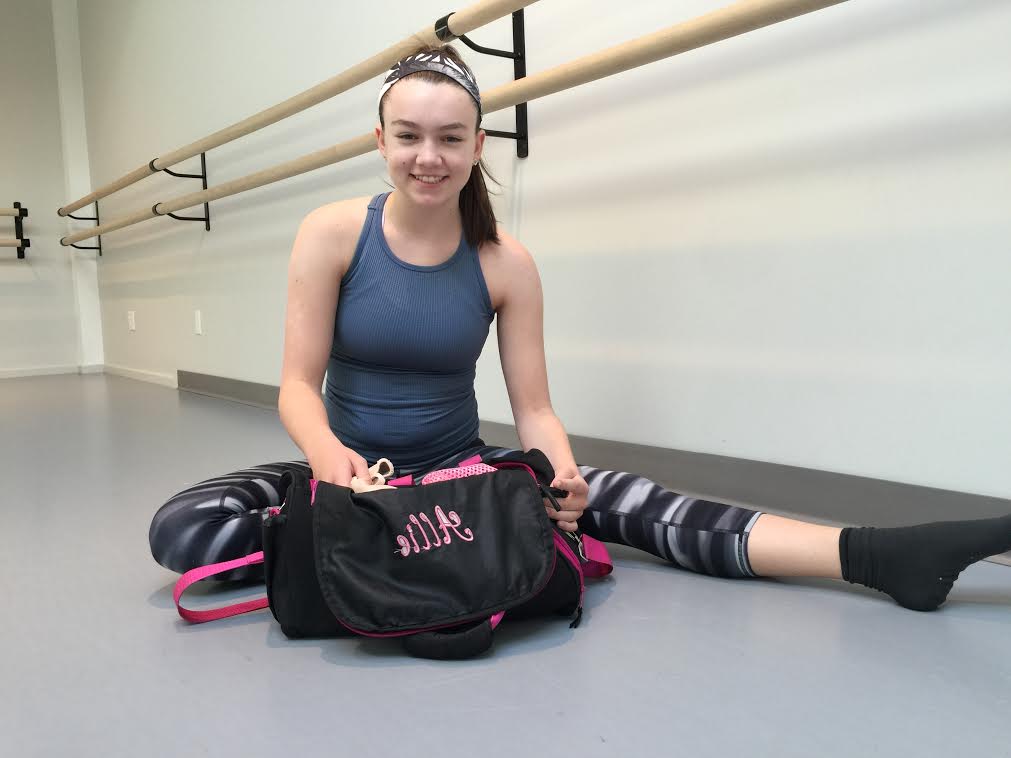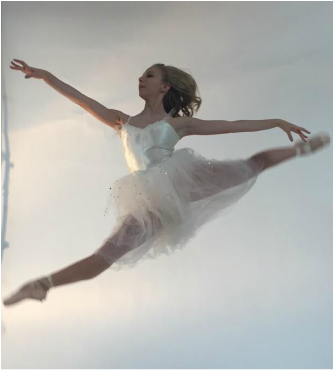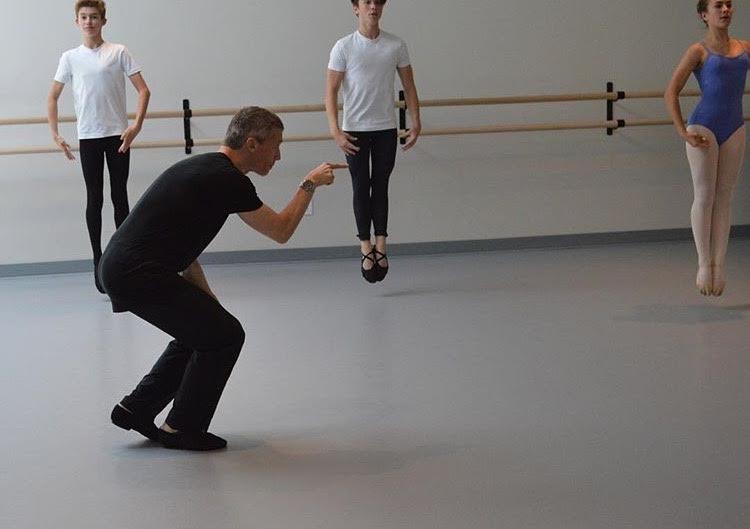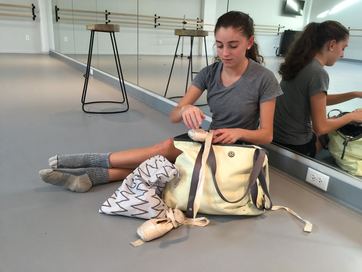NJDTE Board Member, Dr. Adrienne Stevens reflects on performing There is a Time while a student at Juilliard and the relevance of this work today as we face the circle of time.
| There is a Time There is ... a time to embrace and a time to refrain from embracing, a time to heal, a time to tear down and a time to build, a time to weep and a time to laugh, a time to mourn and a time to dance | "Take care of your well-being in order to come out on the other end stronger" |
Refocus and stay positive on what you can do to stay energized, centered, and taking care of your well-being in order to come out on the other end stronger, more resilient, and more tolerant. Use this time productively and reflect.
- Music is the dancers’ lifeblood. How does music move you now? Can you pick out the different instruments in an orchestration?
- When is the last time you truly savored the taste and sensation eating a juicy orange?
- Have you noted the different phases of the moon and the clouds that cross it?
- How slow can you inhale and exhale? Note how it impacts your mind and heart rate.
- Can you articulate the muscles in your right foot with the same flexibility as in your left foot?
- Discover learning something new about your city in the time your great grandparents lived.
- What new exercises can you do today to stay fit?
- Sing!

Theatre Ensemble, and President/Founder of Performing Health®
a company whose mission is to maximize performance and sustain
wellness at every stage of the dancers’ life.
For more information visit www.PerformingHealth.com
